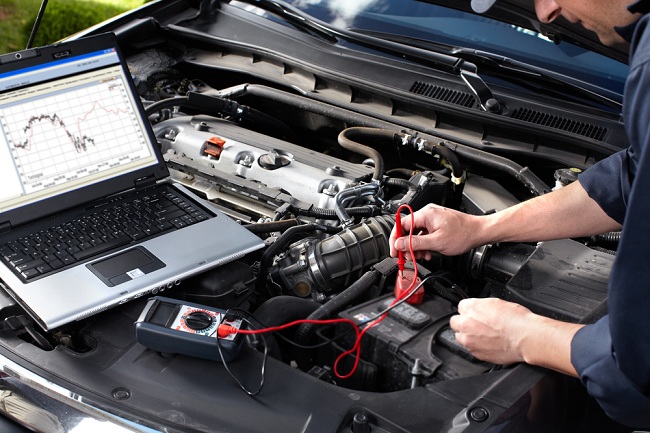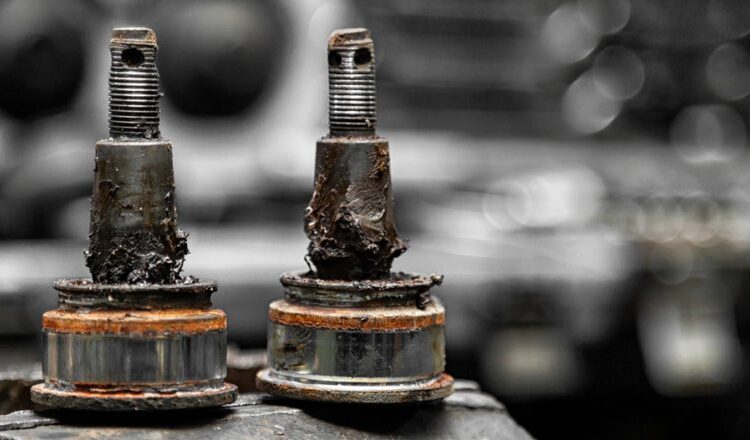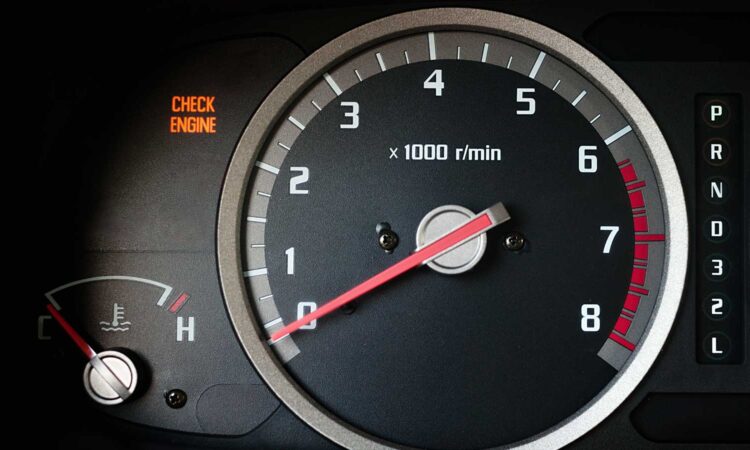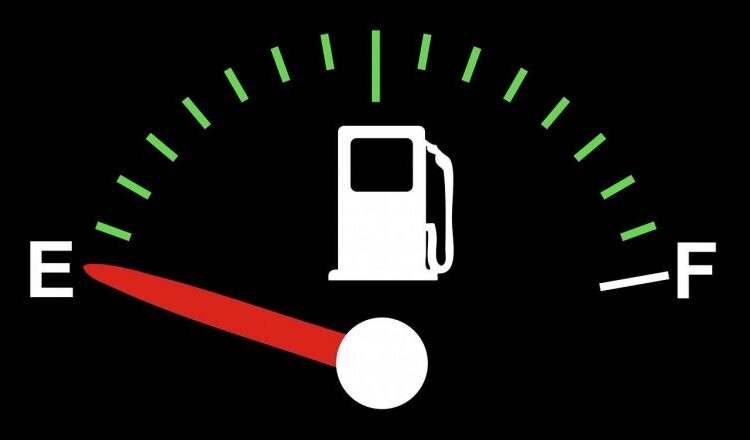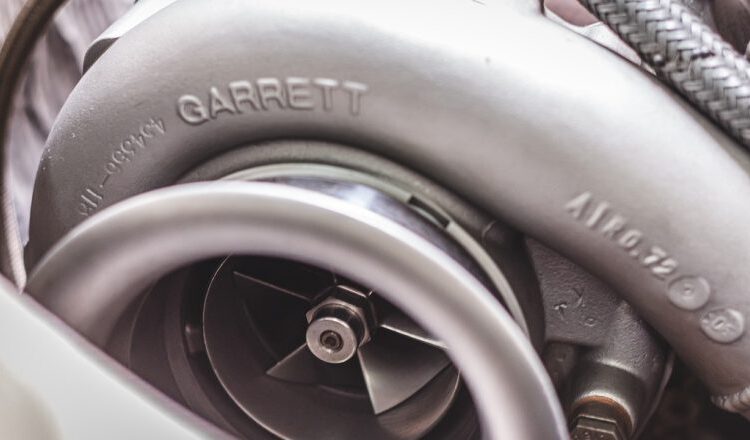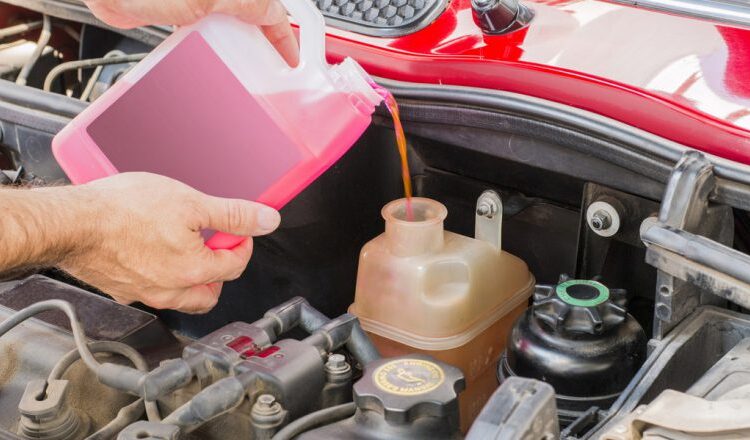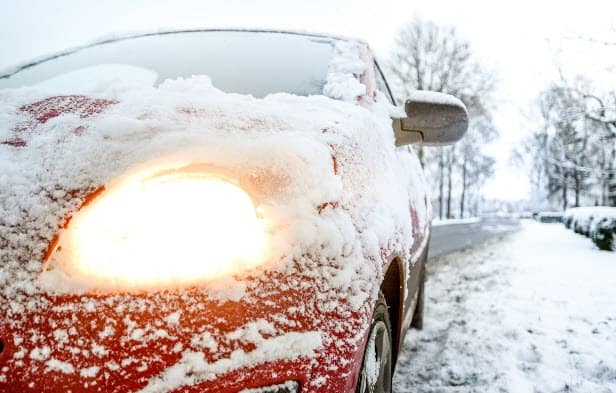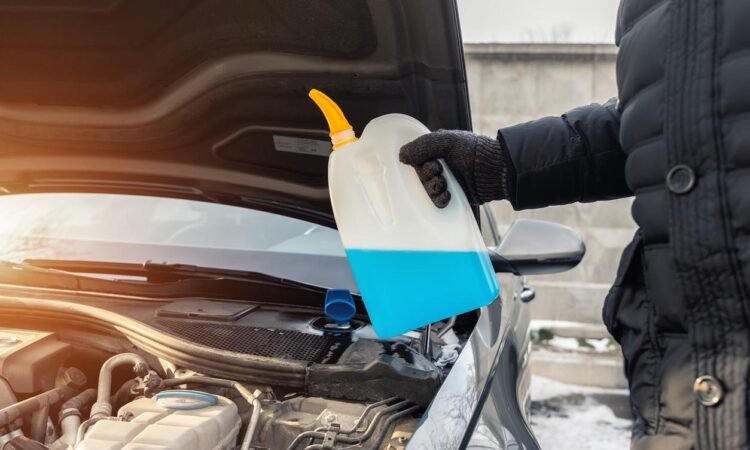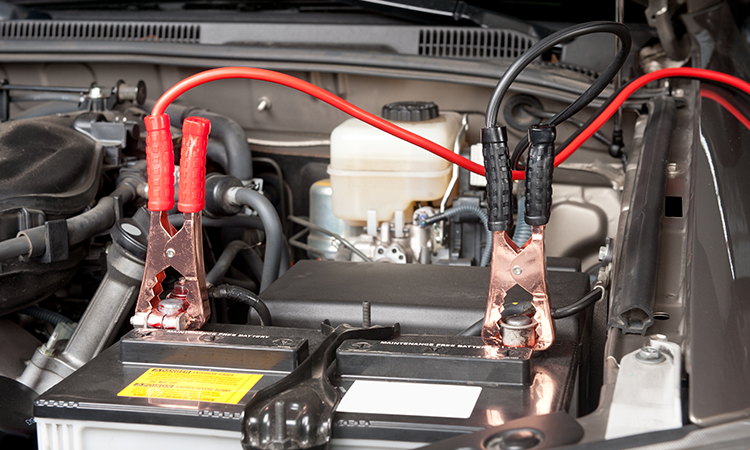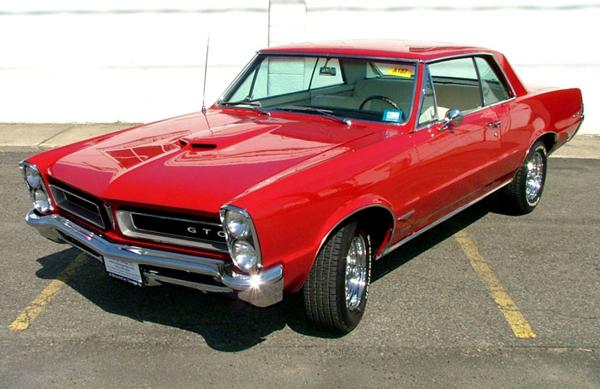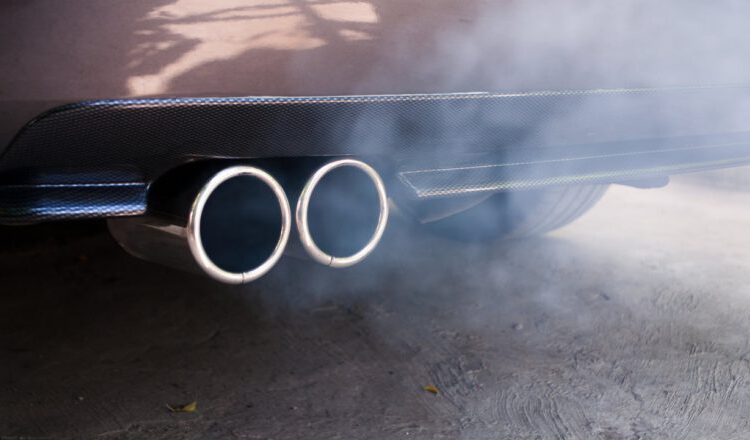
Smoke emerging from the car’s exhaust is a phenomenon that can occur in any vehicle, irrespective of the fuel type used. The presence of suspicious smoke, characterized by its color and sometimes its odor, serves as an indicator of various underlying issues.
It is essential to emphasize that the norm for exhaust emissions is colorlessness. In colder weather, a brief appearance of whitish smoke right after starting the car is acceptable; this is merely water vapor, more visible at lower temperatures. For diesel engine cars, a small amount of black smoke upon sudden throttle opening is not a cause for concern.
Nevertheless, it is frequently a sign of an irregularity if the vehicle consistently emits smoke from the exhaust pipe along with visible colored exhaust gases. The issues associated with the color and volume of the smoke range from minor faults to severe malfunctions. Therefore, prompt identification and resolution of the source of the problem are crucial when smoke is observed emanating from the exhaust pipe to ensure the safety and well-being of the vehicle.
White smoke from the exhaust pipe
Exhaust emitting white or light gray smoke indicates the presence of water vapor, with the intensity of the smoke correlating with the water content. During startup, vehicles expel light vapors as a means of expelling accumulated water in the exhaust system during periods of inactivity. Additionally, white smoke from the exhaust may signal the entry of coolant into the combustion chambers, potentially indicating a head gasket leak, which, in severe cases, could lead to damage to the head or even the entire engine block.
However, it’s essential not to succumb to panic. Begin by inspecting the radiator, hoses, and coolant expansion tank. Verify that all hoses are secure and that there are no leaks in the radiator. Subsequently, check the coolant level in the system. In some instances, white smoke might be attributed to a loss of refrigerant in the cooling system. However, if the engine head area, where coolant is entering the combustion chambers, continues to produce thick, light-colored exhaust fumes along with a rapid decline in coolant levels, this may indicate the previously mentioned issue.
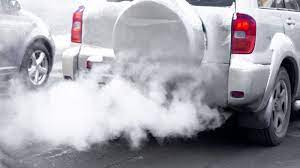
What is the significance of the black smoke emerging from the exhaust pipe?
The issue of black smoke emanating from the exhaust is a familiar concern for diesel car drivers. However, it’s important to note that black smoke isn’t exclusive to diesel engines; it can also occur in gasoline cars. In both instances, the origin of the dark smoke is similar and is associated with unburned fuel. This symptom becomes more pronounced, particularly when there’s a malfunction in the car’s intake, often attributed to injectors delivering an excessive fuel mixture into the combustion chamber. To address this, it is advisable to have a mechanic inspect the injection pump, exhaust gas recirculation (EGR) system, and lambda sensor in gasoline cars.
It’s crucial to understand that, similar to the previous scenario, observing black smoke from the exhaust pipe immediately after starting the engine is not necessarily a cause for concern. It might be attributed to carbon deposits in the injection system. Furthermore, in diesel engines, especially older models lacking a particulate filter, a slight appearance of a black cloud is a common occurrence when the engine speed rapidly increases.

Causes of blue smoke from the exhaust pipe
The origin of the bluish fumes emanating from the exhaust pipe is attributed to the combustion of diesel fuel introduced into the mixture. The intensity of the blue smoke is directly proportional to the amount of oil being consumed within the combustion chamber. This issue is of significant concern, as exhaust gases exhibiting this bluish hue are typically indicative of severe engine wear. Cars equipped with a turbocharger frequently experience the occurrence of blue smoke from the exhaust pipe, serving as an indication for the necessary regeneration of this component.

In diagnosing the presence of blue exhaust gases, close attention should be paid to the specific moments when the suspicious smoke becomes visible. If there is damage to the piston rings, the emergence of blue fumes is likely during idle periods. Conversely, the failure of valve seals may manifest as a release of blue mist when the engine revs decrease.



















